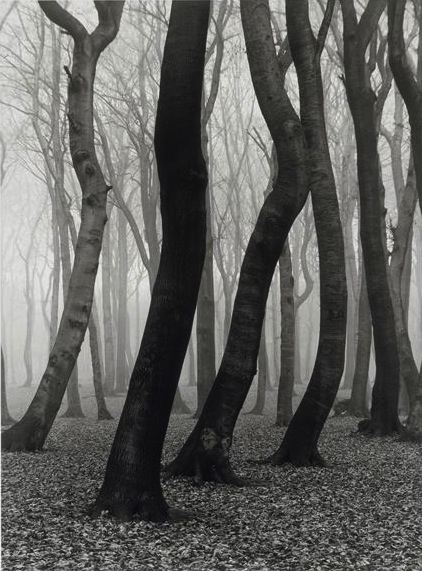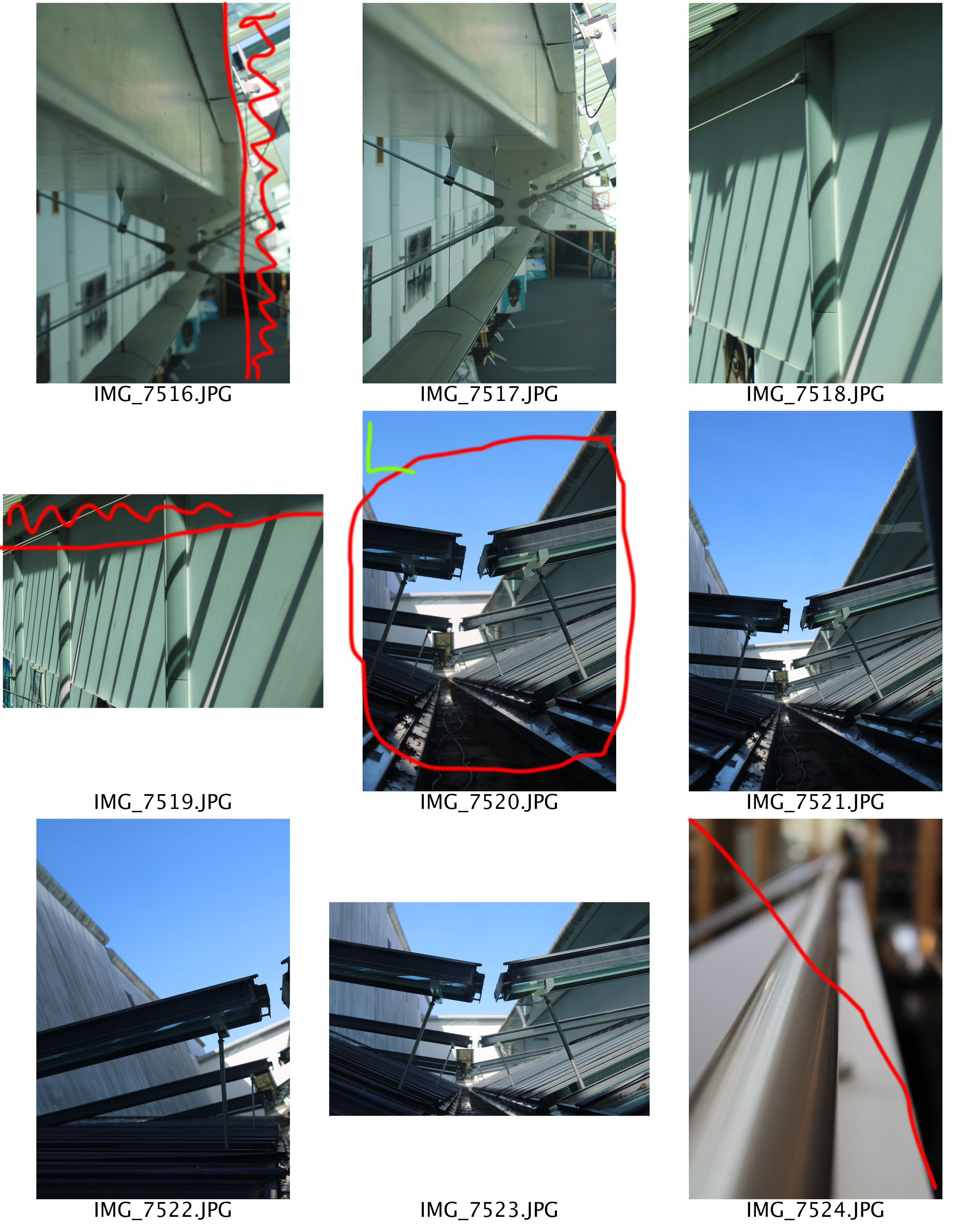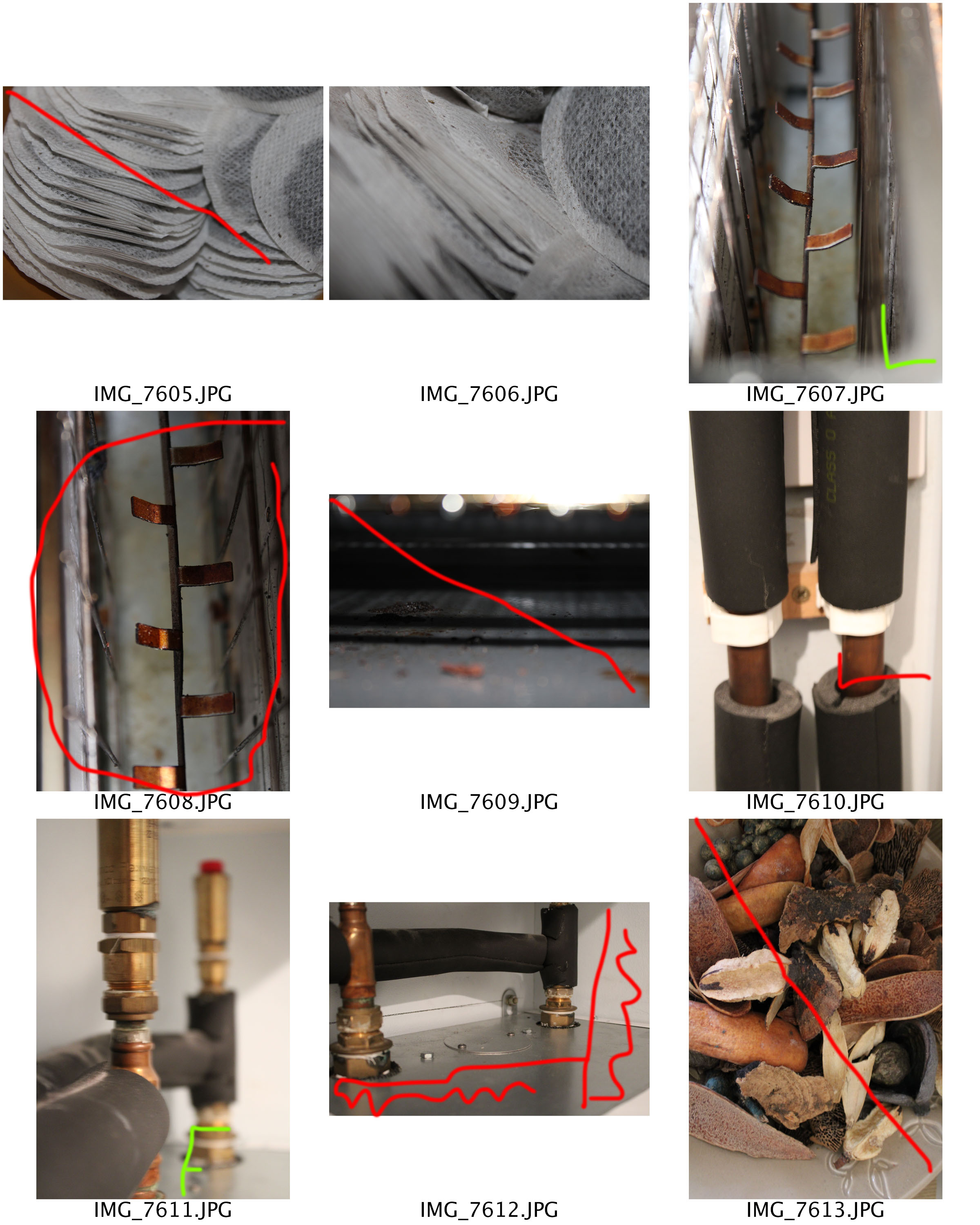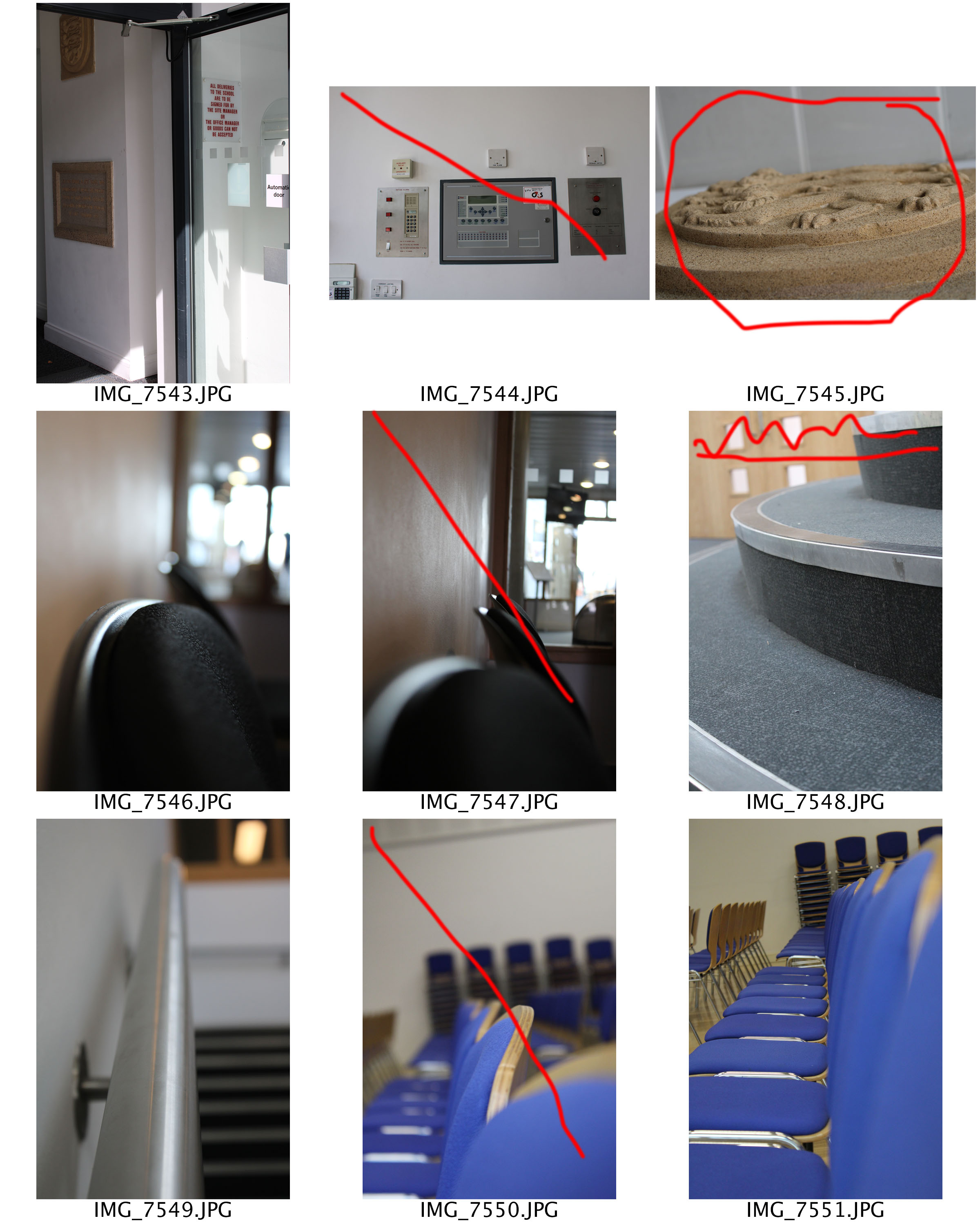
Albert Renger-Patzsch was born on June 22nd, 1897 in Germany. He began taking photographs at age 12, after his military service in the First World War. In the early 1920 he worked as a press photographer, but soon after he became a freelancer and published his own book. Albert Renger-Patzsch has created a photographic gallery called ‘The World is Beautiful’. He developed this series into a catalogue of objects, which soon became one of the most influential books ever published. His clinical like images clearly showed technical apparatus, industrial products and natural organisms in great detail.
Neue Sachlichkeit created a term called new objectivity, where he attempted to capture and embrace realism instead of abstraction. He combined realism with a ‘hint’ of Dada Movement, which was an art movement of the European Avant-grade in the early 20th Century. The realism captured was not the stereotypical realism, but a more disguised and dark realism which is aimed to show the moral shame which happened in the German Society. These photographs tended to have a more static composition (The majority of lines used are either horizontal or vertical, which can be seen as smooth and calming on the eye.) which helped render the clarity of the photograph. The aim of these images that Sachlichkeit captured was to show the truth and reality of current affairs, however, he wanted to avoid social and political commentary.
Within Patzsch’s series ‘The World is Beautiful’ we are able to see his attempt of new objectivity. He presents the subject of the photographs exactly how they are, which also presents the rejection of sentimentality. He has used a static composition within his images which shows the subject in great detail. Contextually, he used new objectivity to show the chaos which the First World War had provoked, Response to industrialising Europe and America and response to qualities of a camera and the
movement away from techniques like a soft focus. Patzsch was said to have mainly captured:
- Wildlife
- Landscape
- Mechanical Equipment
- Flowers
- Architecture
In Patzsch’s photographic response to these events in time, he explored formal elements, which has made his work more powerful. The main elements which are presented in his work are: Light, Line, Texture. Repetition and Shape. These are all presented through the realism of the subject being photographed. Most of the images seem to be macro, which fills the frame of the photograph. However, in some photographs there is a sense of space, which can be used to create a powerful impact towards the events which have occurred. Tone is seen to be one of the key features of Patzsch work as it allows the subject of the photograph be in focus, and detailed.
At this time there where many other photographs who used new objectivity to help capture their photographs. This meant that there was some competition for Patzsch, which would have likely motivated him to be thinking about what he is capturing and what he wants to capture. These photographers include:
- Edward Weston
- Karl Blossfeldt
- Helmar Lerski
- And Many More
Not only where other photographs interested and influenced by Neue’s photograph, but also photographers from now a day. There are many photographers out there who are using new objectivity to influence their work. These include:
- Martin Parr
- Peter Fraser
- William Eggleston
- And Many More.


These two photographs share a lot of similarities and differences, which are used to help show the uniqueness of Patzsch’s work. The first photograph is of trees with in what seems to be a woodland, which suggests that this image is man-made. The second photograph is of a trowel which seems to be on display for potentially a shop, which implies that it is displayed naturally. Both photographs show the formal element of line through the subject of the photograph. However, the second image uses static composition which makes it pleasant for the viewer to look at and the first photograph uses dynamic composition as the trees are going in different directions. Moreover, this formal element helps to guide the viewers eye around the frame, this is also known as leading lines. Other formal elements which are presented in both images are shape, repetition and texture. Both images are presented in black and white which allows the different tones to clearly be presented, which also allows the subjects to be highly detailed. In the first photograph there is mist/fog which makes an eerie feel towards the image, whereas the second image does not. In the second photograph a large depth of field is used, allowing us to view all the trowels clearly. On the other hand, the first photograph has a narrow depth of field, leaving only the trees in the foreground to be in focus. The lighting which is used in the first photograph seems to be natural lighting which plays on the eerie mood, and also helps to present the idea of new objectivity. Whereas the second photograph seems to use artificial lighting as only some and the tops of the trowels are the bright areas. In the first photograph there is a sense of space which is used to create a sense of 3D. However, the second photograph uses form to present 3D within its image. Both photographs consist of a normal/quick shutter speed as the photographs do not have a motion blur. The ISO of both photographs is low as no noise is presented within the images making them clearer and cleaner. Overall, I really like Patzsch’s photographs as they are ecstatically pleasing and interesting to look at, uses new objectivity to show the context of when the photographs were taken and uses formal elements to make his work more interesting. Conceptually, the two images uses repetition to allow us to look at the common objects in a different way, which helps to add meaning to the overall photographs.
My Response
When capturing my photographs, I attempted to use the idea of the new objectivity. This is were I tried to capture my subject in their naturalist form, however, ensuring it has a distorted effect. I used my DSLR camera to produce these photographs, and ensured I thought about the formal elements which could be shown within the image. I also explored with light a bit more, attempting to get light hitting the right point on the frame.
Moreover, I looked at focusing the camera, choosing the main focus point when capturing the photograph. For these sets of photograph I used a manual focus, allowing to have more control of the depth of field. I also looked at using the rule of thirds in order to make my photographs more interesting to look at.
Overall I feel that this photo shoot was very successful as I managed to achieve many things. The first thing I managed to achieve is using a manual focus allowing me to have control of what is in focus and the depth of field within the image. After having this opportunity of experimenting with manual focus, I am more confident and I am likely to use this technique in future photo shoots. I also have discovered that I enjoy taking macro photographs, as I like showing the detail of my subject.















